|
St. Vincent's Feast Day
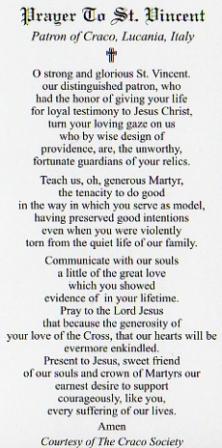
October 25th is the feast day of St.
Vincent, an early 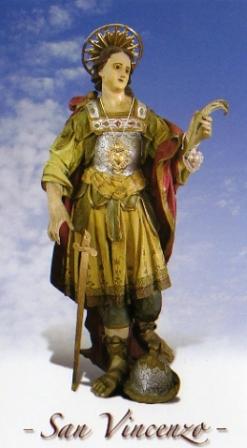 St. Vincent was born in Egypt and was a commander of a Christian legion in the Roman army. While the legion professed its loyalty to Rome the unit refused the command of the Emperor to offer sacrifice to the Roman pagan gods. As a result, the entire unit was executed for their faith. It has been noted that while the unit was fully armed they made no resistance to their own deaths, so strong was their faith and resolve. On October 23-25, 2009 the Craco
society made a weekend trip to 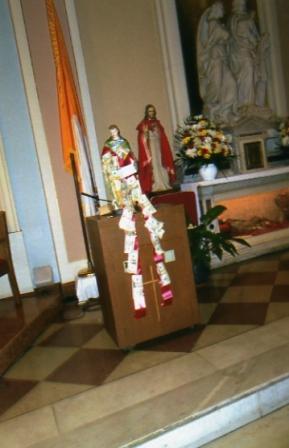
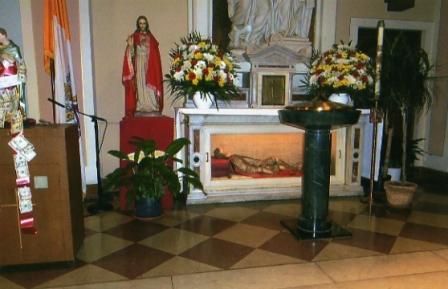
Small Statue of St. Vincent
St. Joseph's Church New York City side alter. Statue to left
The Five Points presented living conditions that made it one of the poorest and unhealthiest slums in the US at that time. The Italians often clustering in enclaves comprised of fellow Italian immigrants had little material possessions available to them. Nevertheless, they somehow collectively worked to raise funds that were used to build churches and decorate them with reproductions of images of the Patron saints of the towns of their origins. Many of these reproductions were donated to St. Joachim’s parish and resided there until the Church was torn down to make room for an urban renewal project in the mid 1960’s. Most of the Church artwork then was transferred
to the newer, 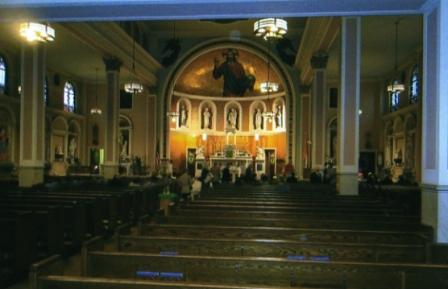 On this past October 25th I was
honored to accept an invitation St. Joseph's Church New York City It was inspiring to see how the power of faith and a shared common heritage could bring people separated from the original immigrant experience by many generations, together. We should be grateful that the religious artifacts which our ancestors struggled so had to insure had a place of honor in the US are being preserved in heritage churches like St. Joseph’s.
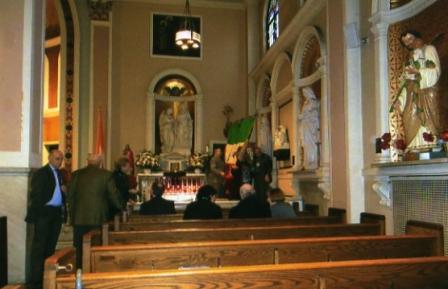
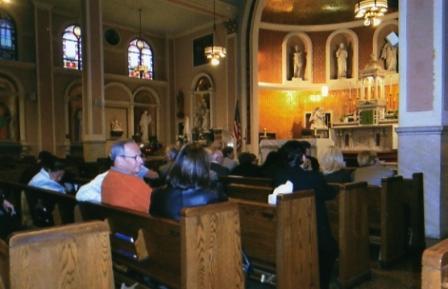
© San Felese Society of New Jersey
|